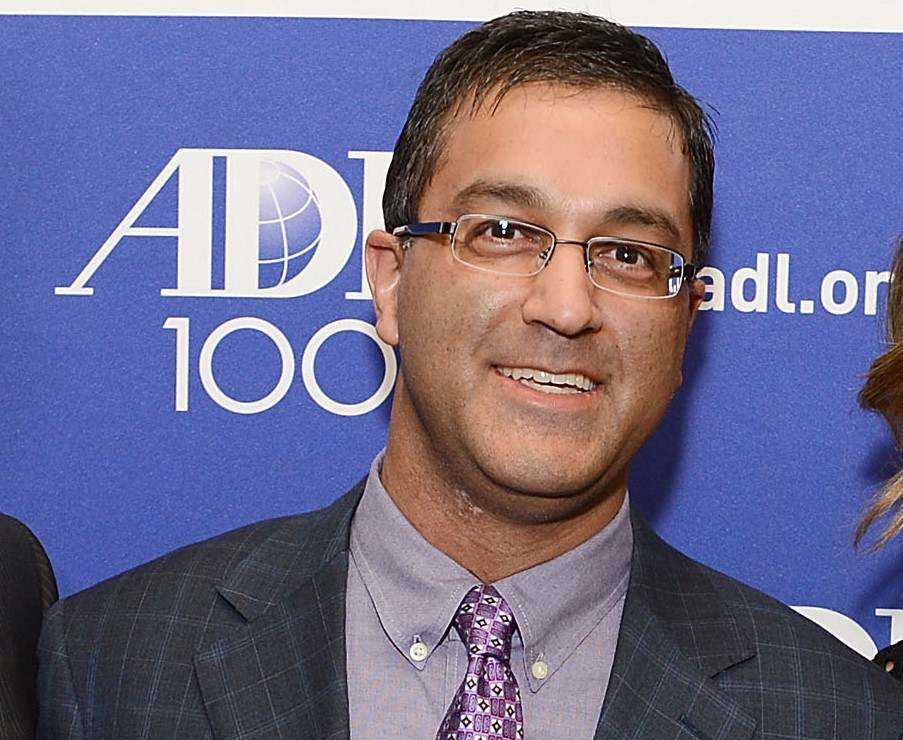How to Bridge the Data Gap With Netflix

Most players in the traditional TV ecosystem suffer from a fair amount of Netflix envy. Some of that is driven by Wall Street giving Netflix permission to spend dramatic amounts of money on original programming; some by the streaming service’s prolific amount of first-party data and how it is used to guide programming development, marketing and recommendations; and still more is due to Netflix having a unified identity for every subscriber — regardless of the device used to access the service.
Among this trio of enviable capabilities, the latter two merit further exploration, especially now that new solutions for traditional TV programmers can help level the playing field.
The value of Netflix’s first-party data has been well-documented, back to when it used data to connect the director David Fincher with actor Kevin Spacey to create the U.S. version of House of Cards. The value was also evident when it created the Netflix Prize, an open competition for the best collaborative filtering algorithm to predict user ratings for films based on previous ratings alone (with both users and films identified only as numbers assigned for the contest). Netflix uses this type of advanced analytics today to drive its recommendation engine and direct consumers to the most relevant content.
Having a unified identity is key to consumer satisfaction in media. Netflix accomplishes this by letting consumers engage with programming across many different devices and platforms such as Roku, Apple TV and the Samsung Smart TV Hub. Because all Netflix access is driven by the user ID, the experience it offers is consistent across all ecosystems. Isn’t it delightful to have Netflix cue up the next episode of the series you’re watching, regardless of what device and platform you watched it on before?
While broadcast and cable have great first-party data for digital consumption, they are missing the lion’s share of viewing: linear TV. Further, they are missing a unified identity to connect linear, VOD and digital consumption.
While much of the buzz surrounding the value of advanced TV is focused on the delivery of interactivity and addressable advertising, its role in enabling first-party data and unified identities should not be overlooked. When watermarking is deployed, programmers gain access to measurement across all devices and distribution paths, including today’s ATSC 1.0 environment.
Together, advanced TV services and watermarking bring Netflix’s enviable capabilities to broadcast and cable television.
The smarter way to stay on top of broadcasting and cable industry. Sign up below
For the first time, programmers will gain access to scalable and reliable data from every household in their market versus a sampling of households — data that drills down to provide very granular measures of viewing to the network or station and potentially to competitors if there is market agreement.
If the market agrees to allow a competitive view, it will allow TV to one-up Netflix, because Netflix has no direct measure of what their customers view on linear TV or other SVOD services. Watermarking content separately for source will enable this database to reflect live versus VOD consumption and ensure measurement is captured across all devices and distribution paths. Using existing identity resolution companies like Live Ramp allows programmers to integrate Advanced TV data with traditional digital census measurement data.
This level of deterministic data at scale allows programmers to learn how a consumer interacts with programming across live, time-shifted and digital environments. It provides far greater insights than exist today and the ability to market content directly to consumers.
For example, using an integrated database linked to digital platforms such as network apps, the television world may start to address the unified identity problem. Programmers can create app experiences with line-of-sight to viewing on linear and VOD, so the next episode of the series a consumer is engaged with automatically surfaces. Or, for instance, they can marry census-level audience measurement data with third-party audience data to identify the types of programming a desirable target audience is watching, then develop or promote more related content.
It’s becoming increasingly clear that it takes more than just having great content to compete in today’s fractured media world. Programmers also need deterministic data at scale to gain the insights needed to drive equally great experiences. There’s really no need for Netflix envy when Advanced TV services and watermarking can help the traditional media world compete with digital right now.
Nil Shah is CEO of Verance, a provider of standards-based watermarking for the entertainment industry.
